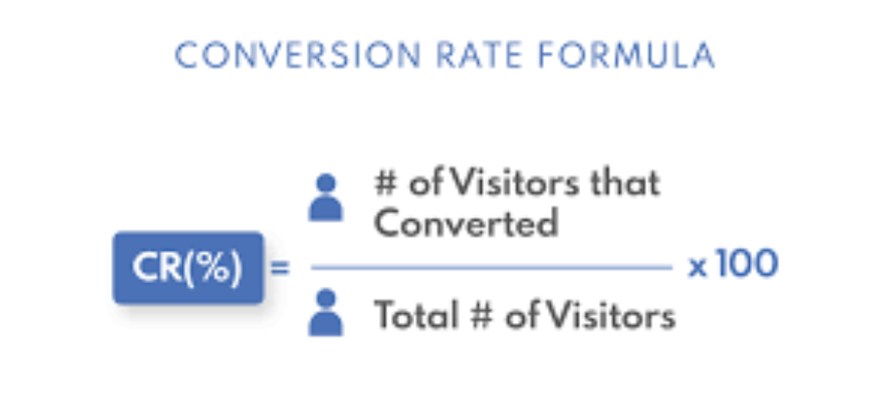The Most Effective Marketing Metrics To Track For SMS Campaigns’ Users

Proper formatting of SMS messages allows for using them as an effective marketing tool. When conducting your SMS campaigns, you must analyze multiple SMS marketing metrics, KPIs, and other essential data to track their effectiveness.
Texting services for businesses should provide you with comprehensive reports delivering the required information. Here, it’s crucial to ensure these insights are detailed, accessible, and helpful.
Typically, a business texting app allows all clients to monitor this data with the help of a specific interface. It enables drilling down into your marketing methods, analyzing the most important trends, and deciding on possible improvements.
Here are a few core SMS marketing metrics and indicators an excellent SMS service should allow you to monitor. Tracking indicators in these areas will allow you to choose the right marketing policy and improve the results of advertising campaigns.

7 Most Effective Marketing Metrics To track for Proper SMS Campaign
1. Conversion Rate
This indicator shows how many people performed the desired action thanks to receiving your message. The action itself depends on the type of your business and the message’s goal. It could be anything, from signing up for your service to recovering an abandoned shopping cart. This indicator directly reveals your marketing efforts’ success. That’s why it is necessary to monitor the data changes on this metric very carefully. Any deviations in statistics can signal that it is time to take some action to change the results.
Formula: (number of conversions/number of the sent messages) x 100
2. Return on Investment (ROI)
This metric shows whether your text marketing campaign results are worth the investment. It’s crucial for measuring your current capabilities and building your future strategy. In addition, it’s worth comparing SMS ROI with other channels to plan the budget properly. Although SMS messaging is not an expensive option for disseminating information, it should still pay off. If this doesn’t happen, it is worth reducing funding in this area and trying to find more effective ways to disseminate information.
Formula: (total sales - total investment) / total investment3. Delivery rate
The delivery indicator shows how many texts have reached the customers’ phones divided by the number of sent messages. Depending on the deliverability success level, you can see whether your texting campaign is result-driven or needs improvements.
For example, a poor delivery rate may indicate issues with the SMS gateway network, spam filters, invalid numbers in the database, etc. All these problems must be eliminated if you want to make an advertising campaign effective. Show the resulting statistics on the metric to specialists so that they draw the appropriate conclusions.

Formula: (number of delivered messages/number of sent messages) x 1004. Interaction rate/Response rate
Interaction rate measures how many customers interacted with your service after receiving a message. It’s a comprehensive metric that considers numerous actions, including clicks, clicks-to-call, opening apps, etc.
The advantage of using this tool is an integrated approach to evaluating the effectiveness of an advertising campaign. By reviewing the results, you can understand what actions recipients of messages take most often. This will allow determining what target actions SMS marketers still need to work on.

Formula: (total clicks / delivered messages) x 100The response rate shows how many recipients are engaged and respond to your messages. It’s essential for two-way messaging campaigns. The average SMS response rate is approximately 45%.
If in your case, the indicator differs from the average, you need to think about the changes that should be made to the text of the message or the recipient database.
Formula: (number of responses/number of messages sent) x 1005. List growth rate
This indicator shows how many subscribers have joined your lists since your campaign started. It’s a perfect way to monitor your effort efficiency and track audience growth. The rate is based on a specific period the campaign occurs.
It’s important to keep track of this metric over time to ensure that the SMS campaign remains effective at all times. If, after making changes to the marketing strategy, there are sharp changes in the statistics, this means that you have chosen the right or, conversely, the wrong option for customers’ mailing.
Formula: new subscribers - unsubscribers/total subscribers6. Customer acquisition costs
This information will show how much it costs to gain new customers. If the rate is too high, it may indicate a problem with the target audience choice or improper list segmentation. It’s recommended that this situation be corrected as soon as possible so that the losses do not become too large.
Formula: total campaign expenses/total new subscribers7. Unsubscribe rate
This metric shows the number of customers who for some reason decided to unsubscribe during your texting campaign. If the rate is too high, you can make certain conclusions to improve or change your marketing approach with a proper marketing plan. In particular, it may mean that you send too many messages, or they don’t provide the expected information for customers.

Formula: (opt-outs within the given period/customers at the beginning) x 100Additionals










